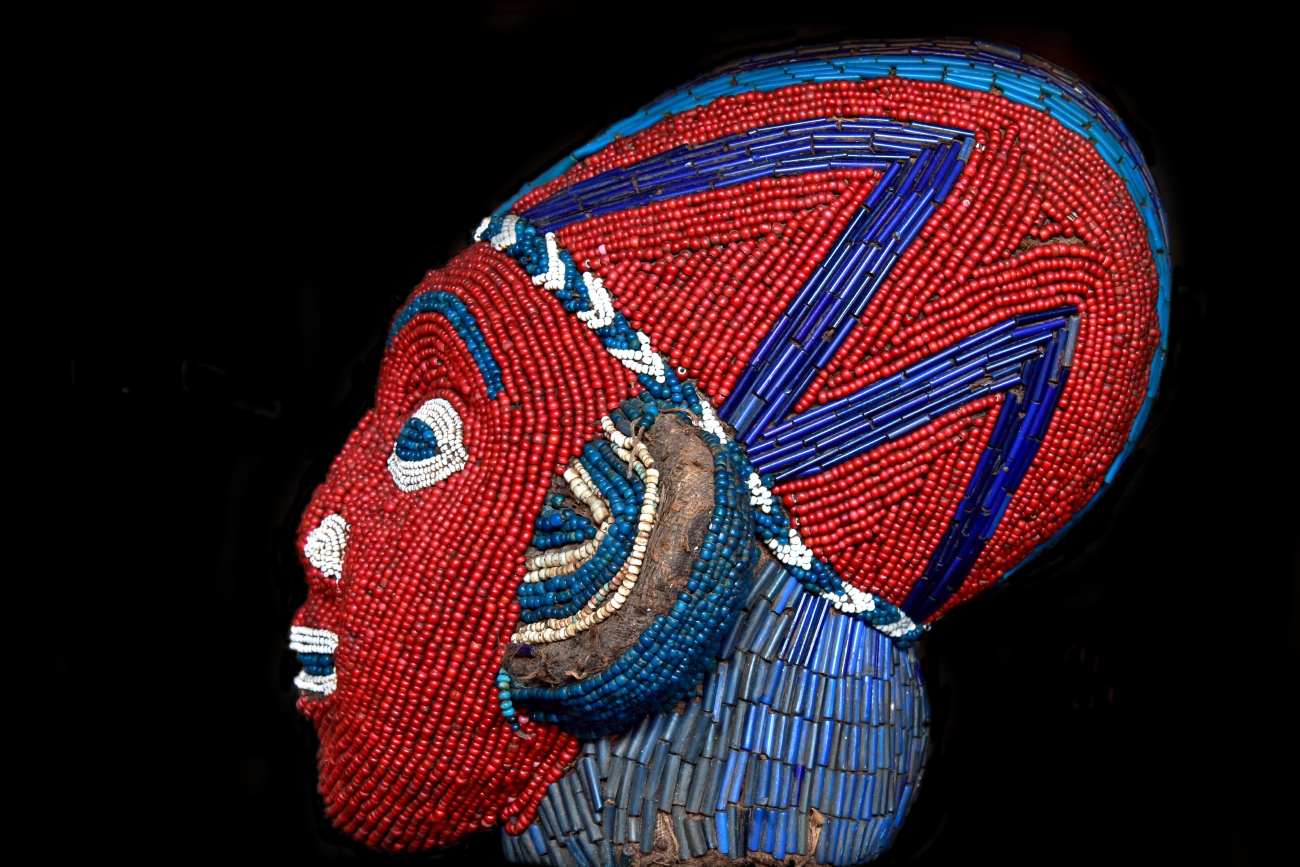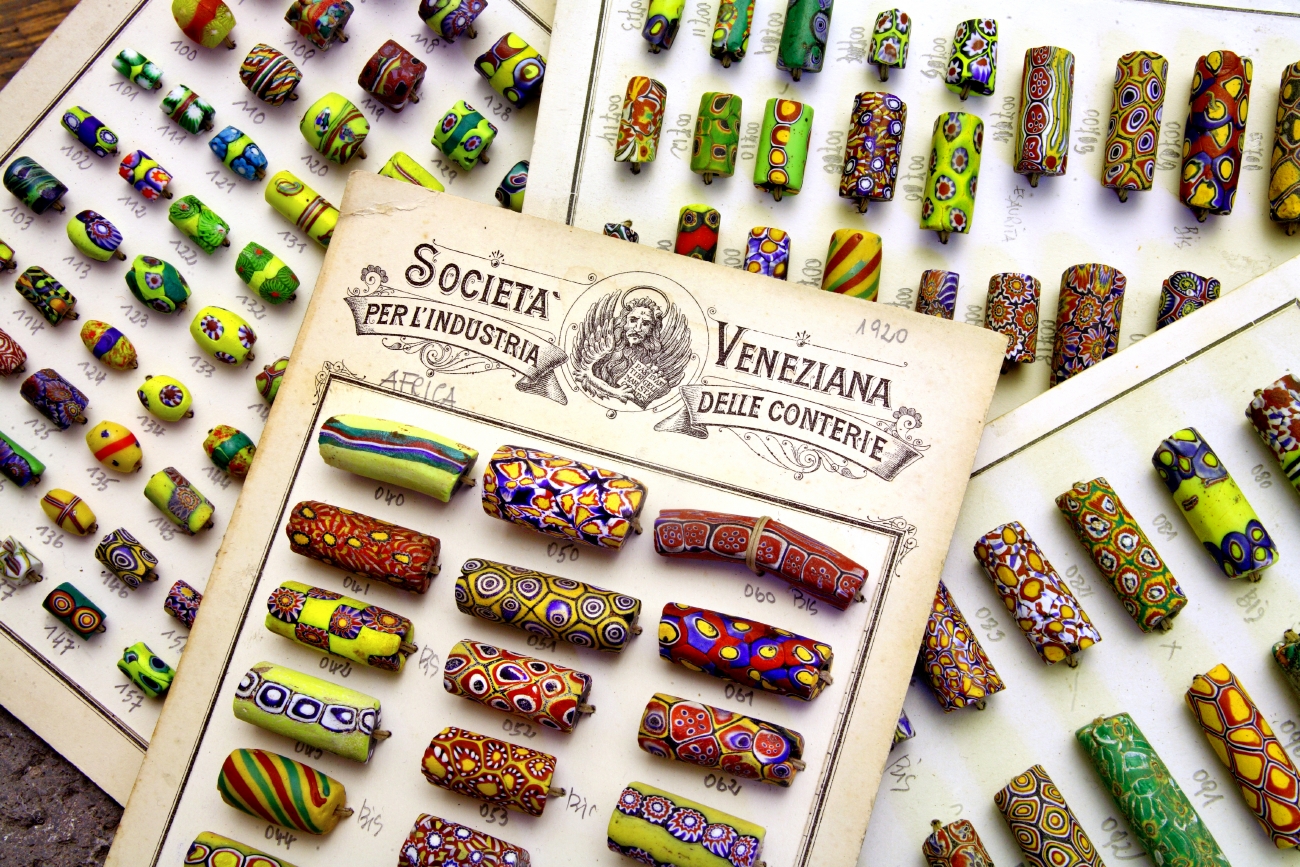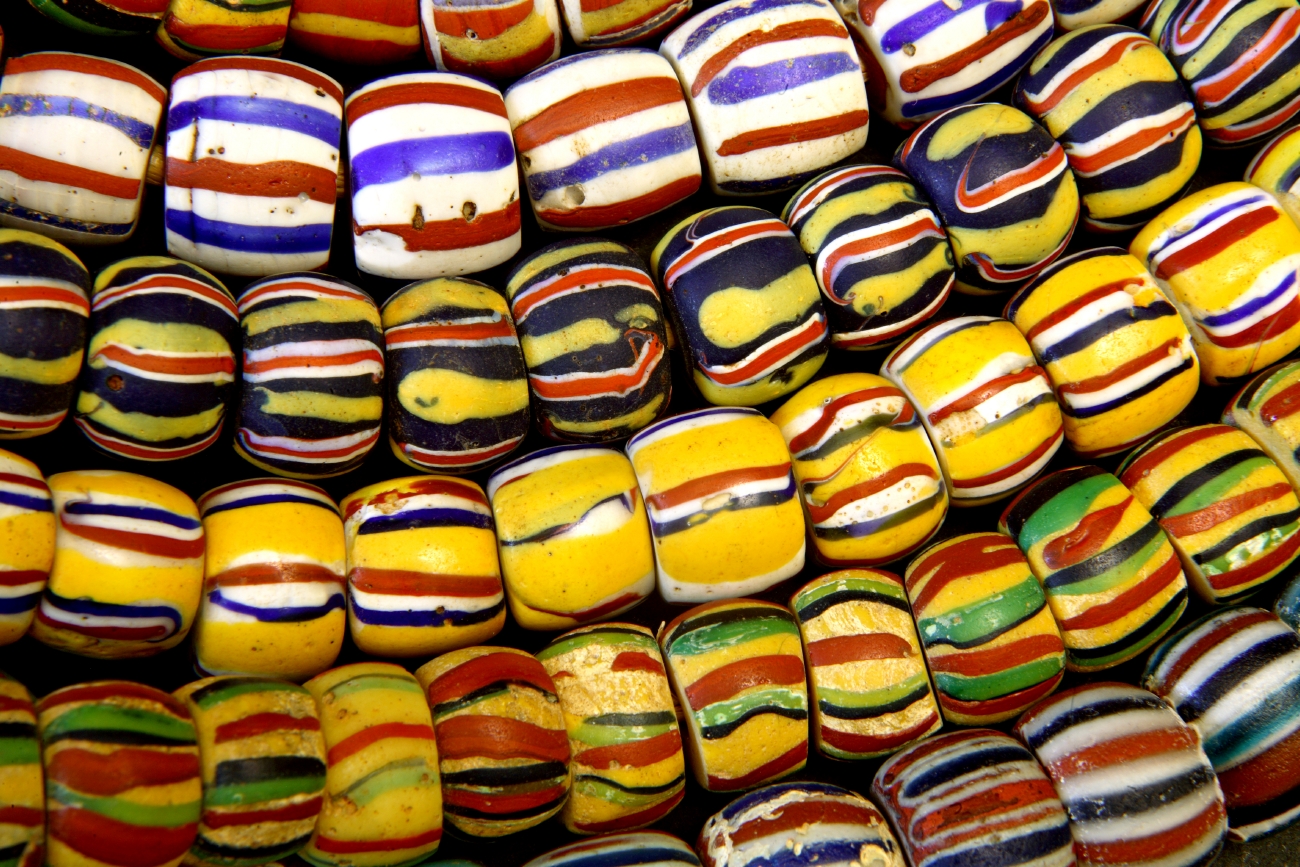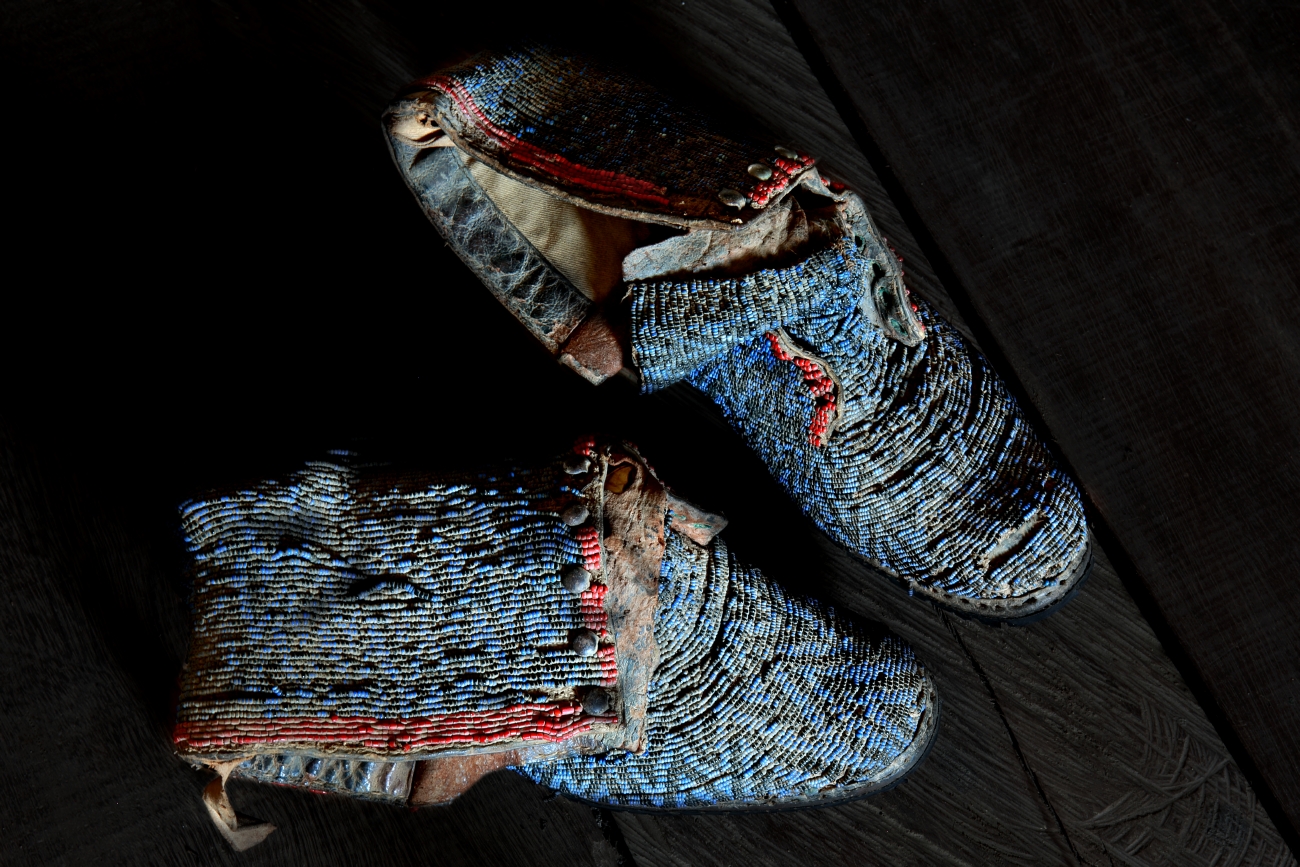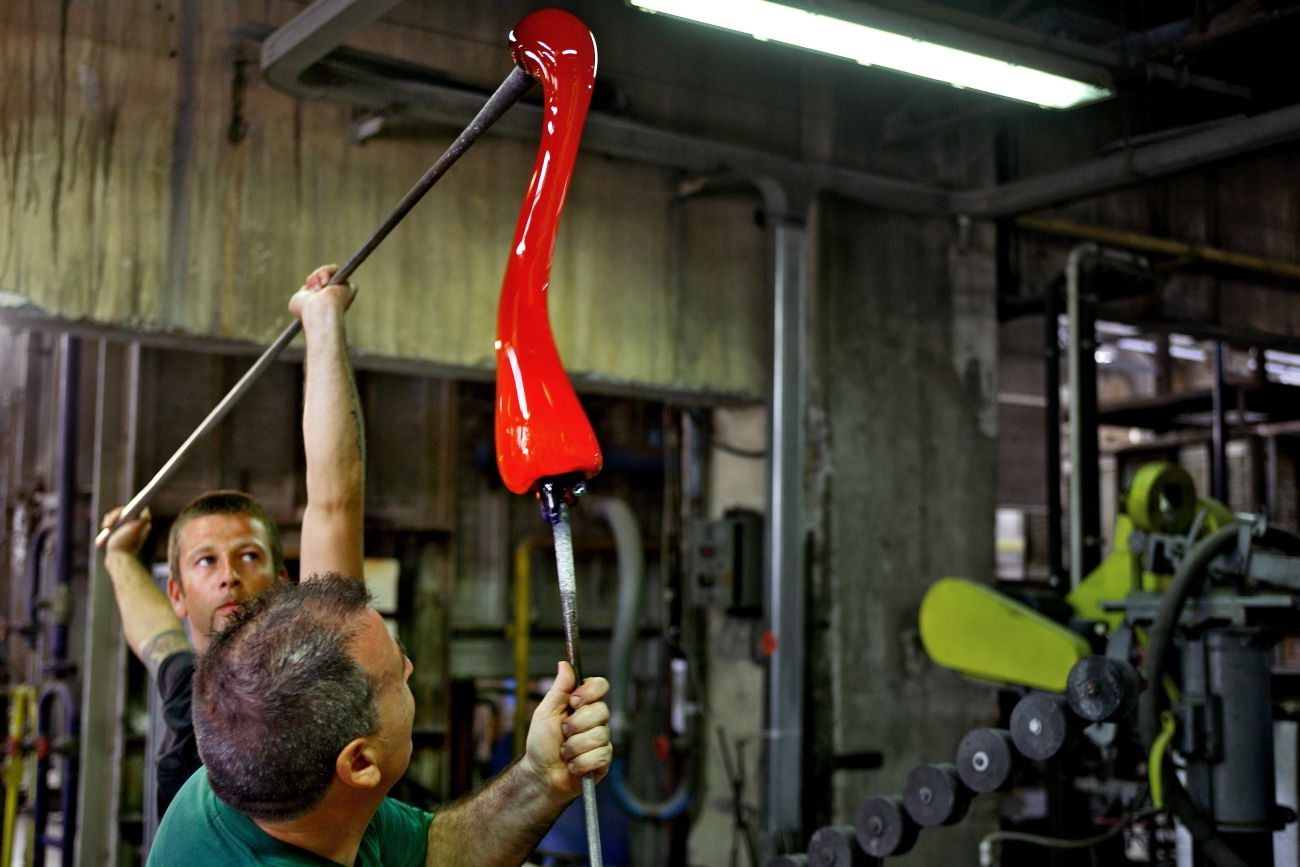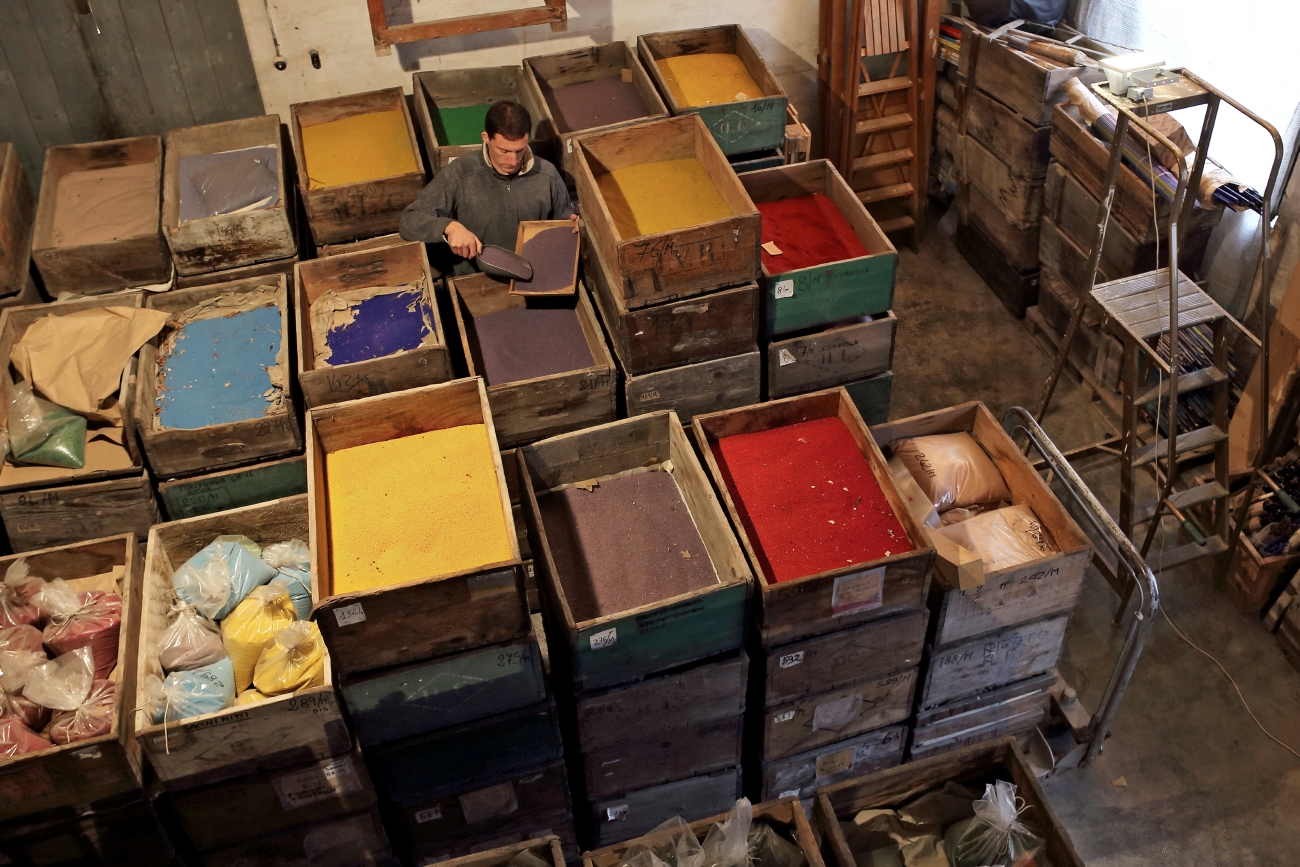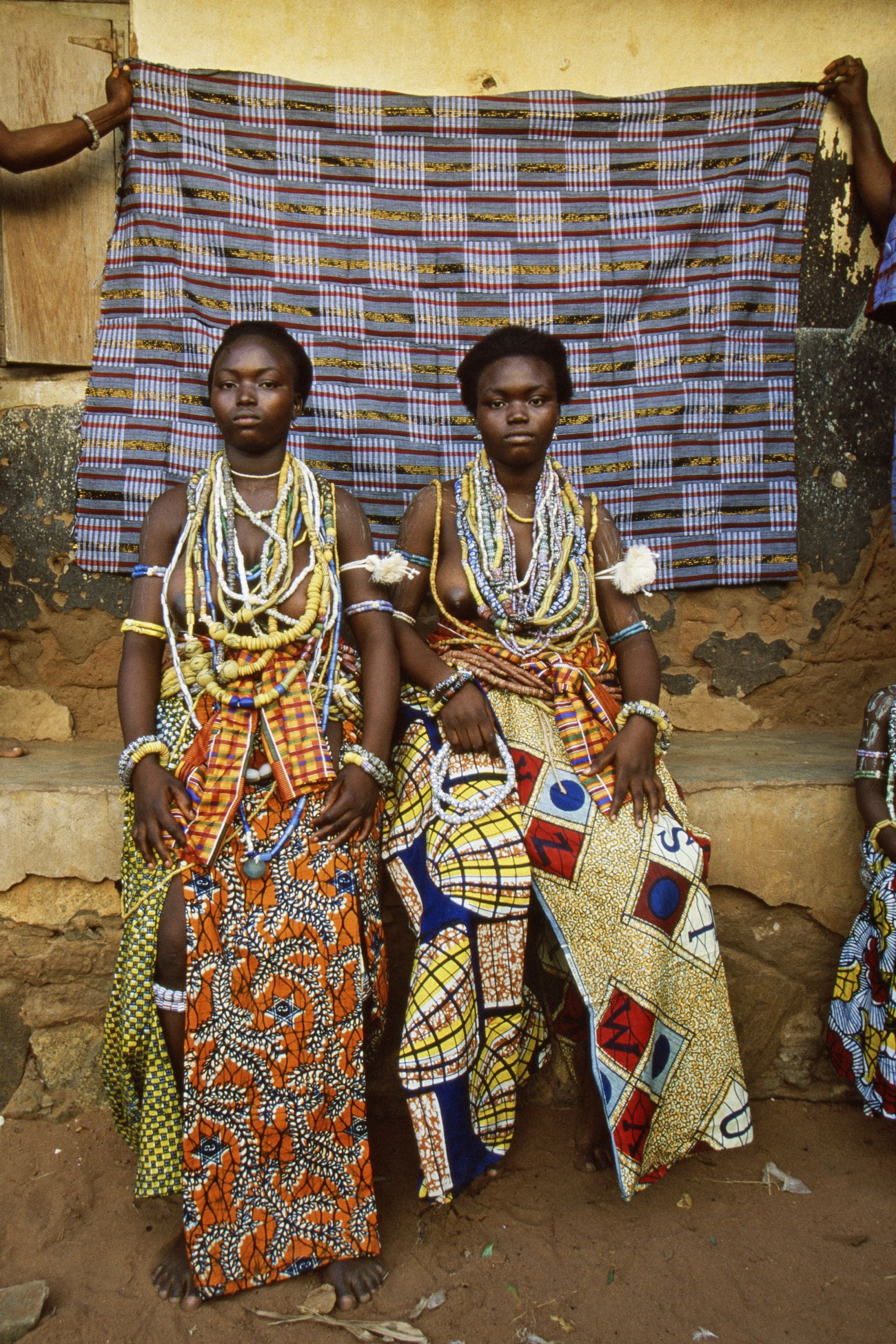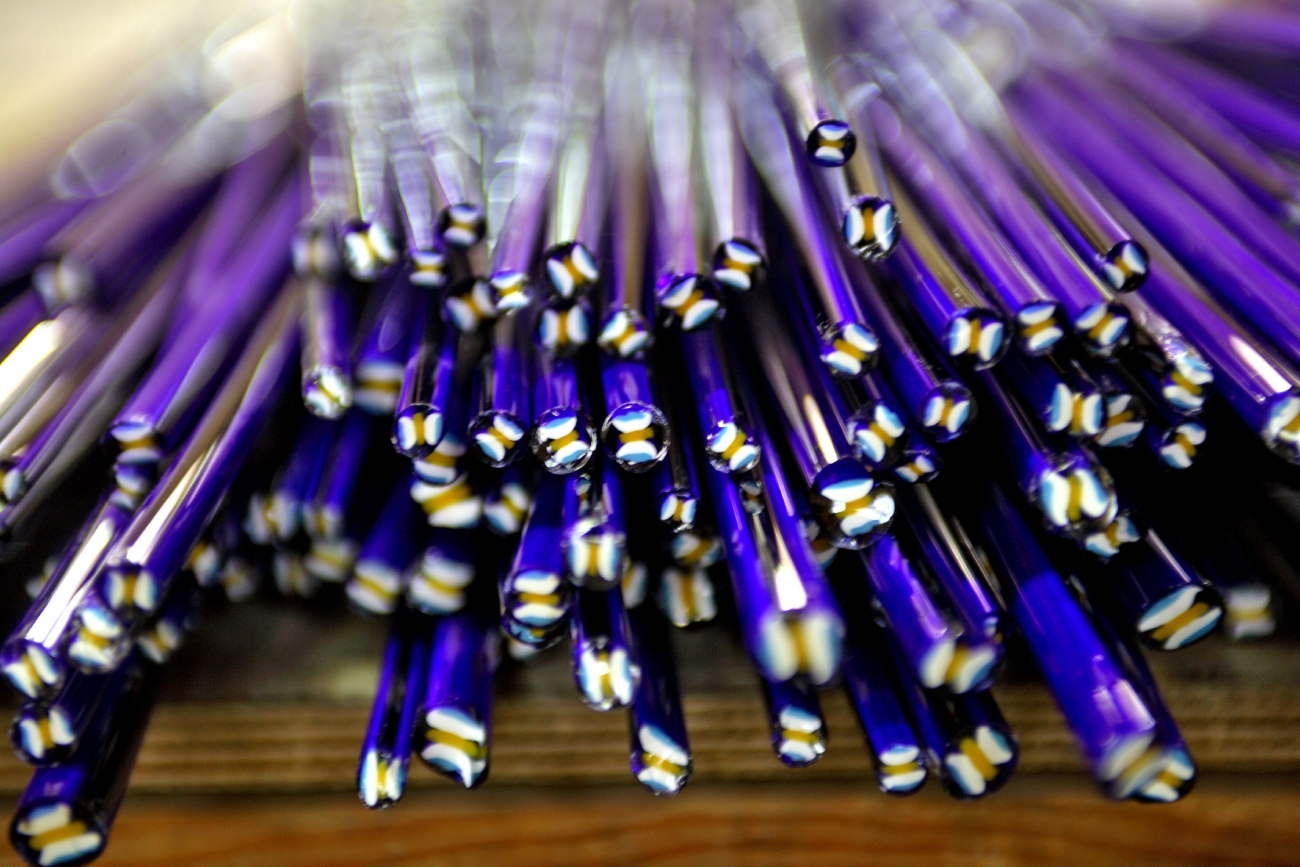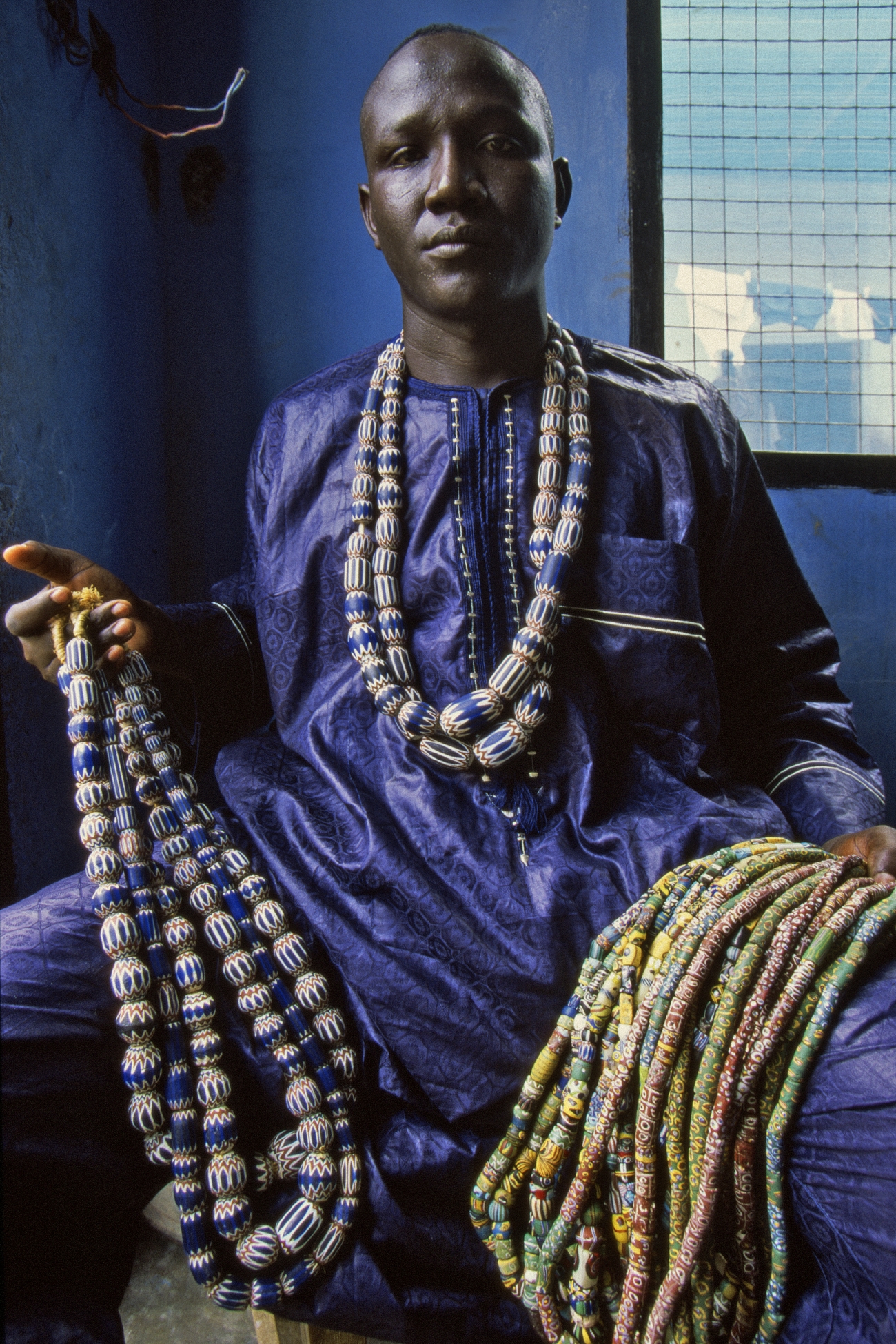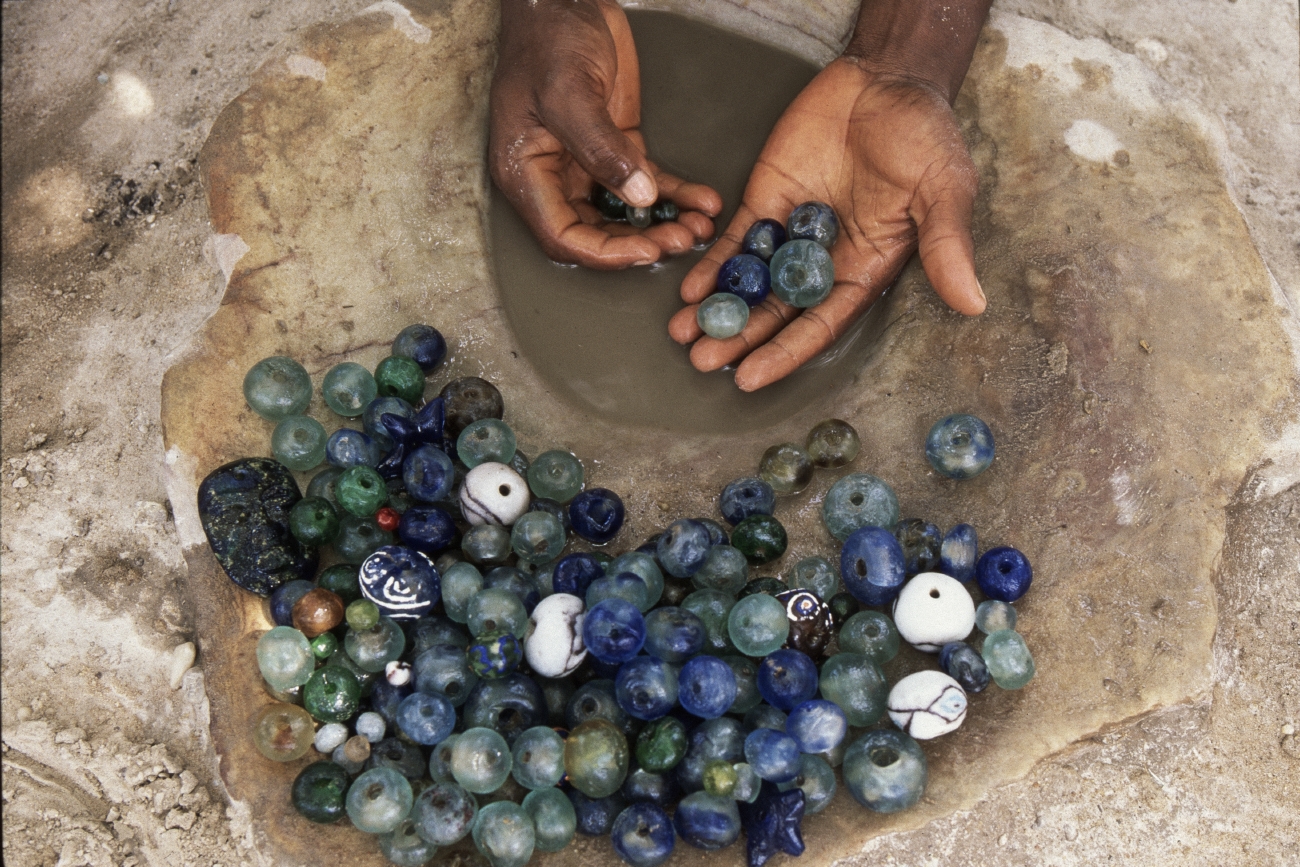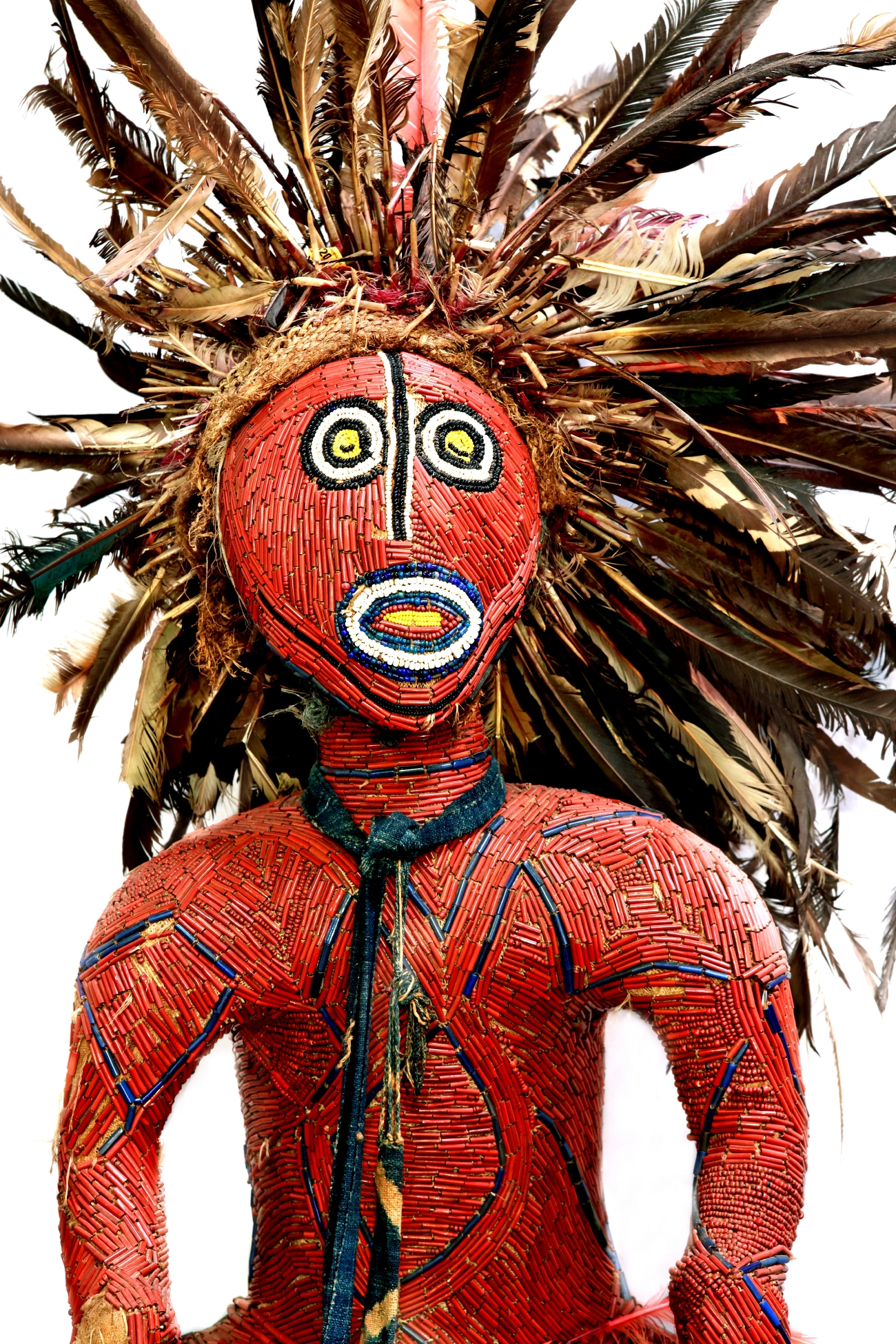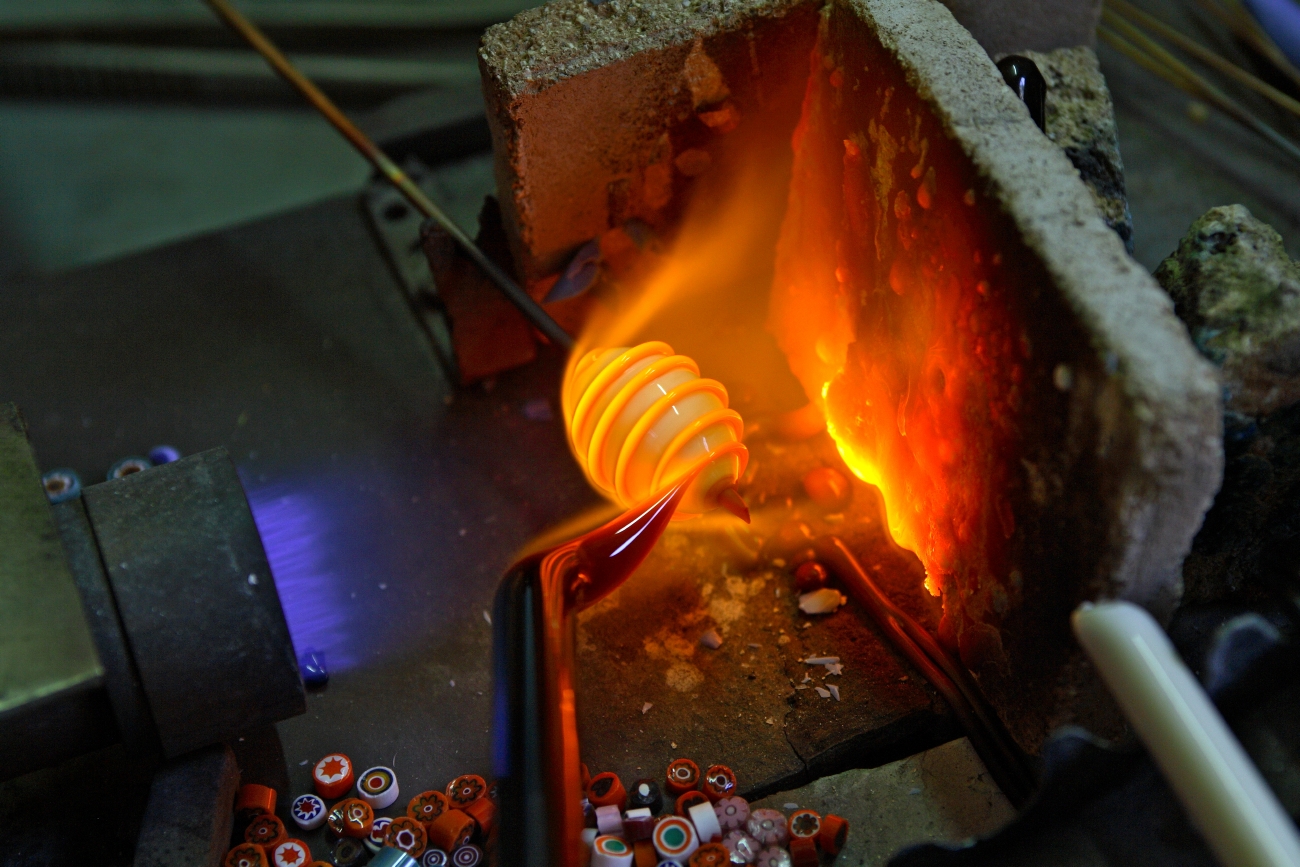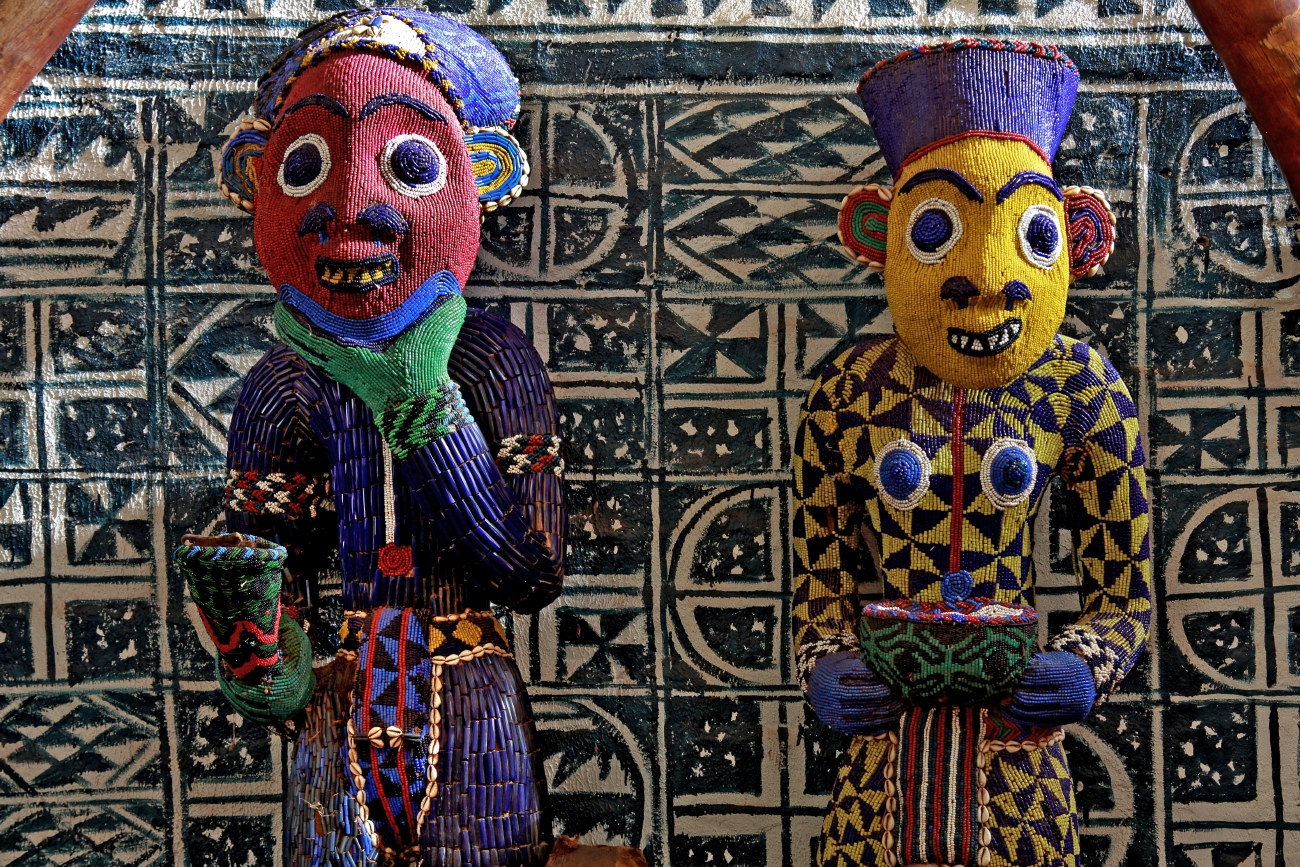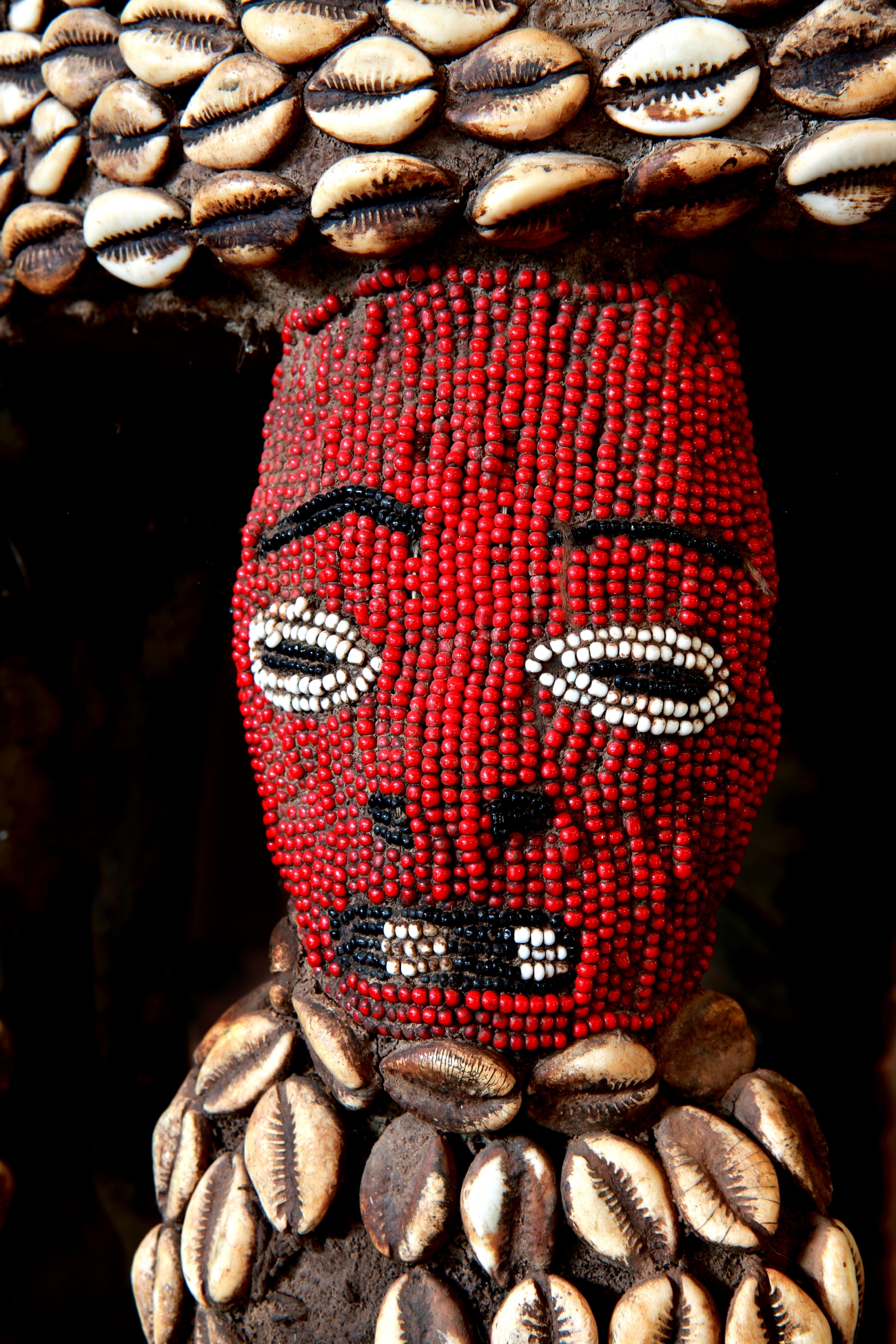2022, the International Year of Glass
The United Nations General Assembly has designated 2022 as the International Year of Glass – IYoG 2022
Photo by Bruno Zanzottera
Glass is a material with unique properties. It is used for a huge variety of purposes and has played an undeniable role in the history of humanity for over three thousand years. One of the earliest uses of glass was as beads, which were used to denote affluence as early as the Bronze Age and later became the subject of widespread trade across all continents. In 2020
the art of glass beads was added to the UNESCO list of intangible cultural heritage. This photo report tells the story of the Venetian glass beads and how they were traded in Africa, where they are still used by a variety of ethnic groups for different purposes.
In 1352 the Moroccan traveller Ibn Battuta, left his native Tangiers and set out to the Kingdom of Mali. In his descriptions of the country and people’s customs, Battuta wrote: “In this country travelers do not carry provisions with them, and not even ducats or drachmas. They bring salt pieces, glass ornaments or custom jewelry that people call nazhms (strings of glass beads) and some spices“.
The roots of Venetian glass production date back to ancient traditions and drew directly on the already flourishing production of the Roman and Byzantine eras. On the island of Torcello furnaces have been discovered containing fragments of glass and mosaic tiles within an archaeological context that dates back to the period 600-650 A.D.
Thanks to the Golden Bull granted to Venetian merchants by the basileus of Constantinople in 1082, Venice expanded the trade with the Southern Mediterranean basin. In the XV Century, after the fall of Constantinople conquered by Ottoman Turks in 1453, and above all thanks to the discovery of the New World, trade routes changed dramatically. The Gulf of Guinea became the new commercial pole where Portuguese, Spanish, Dutch and English ships unloaded their goods for trading. Among these goods, Venetian glass beads were used as coins, with their “magic” beauty, handiness and resistance.
